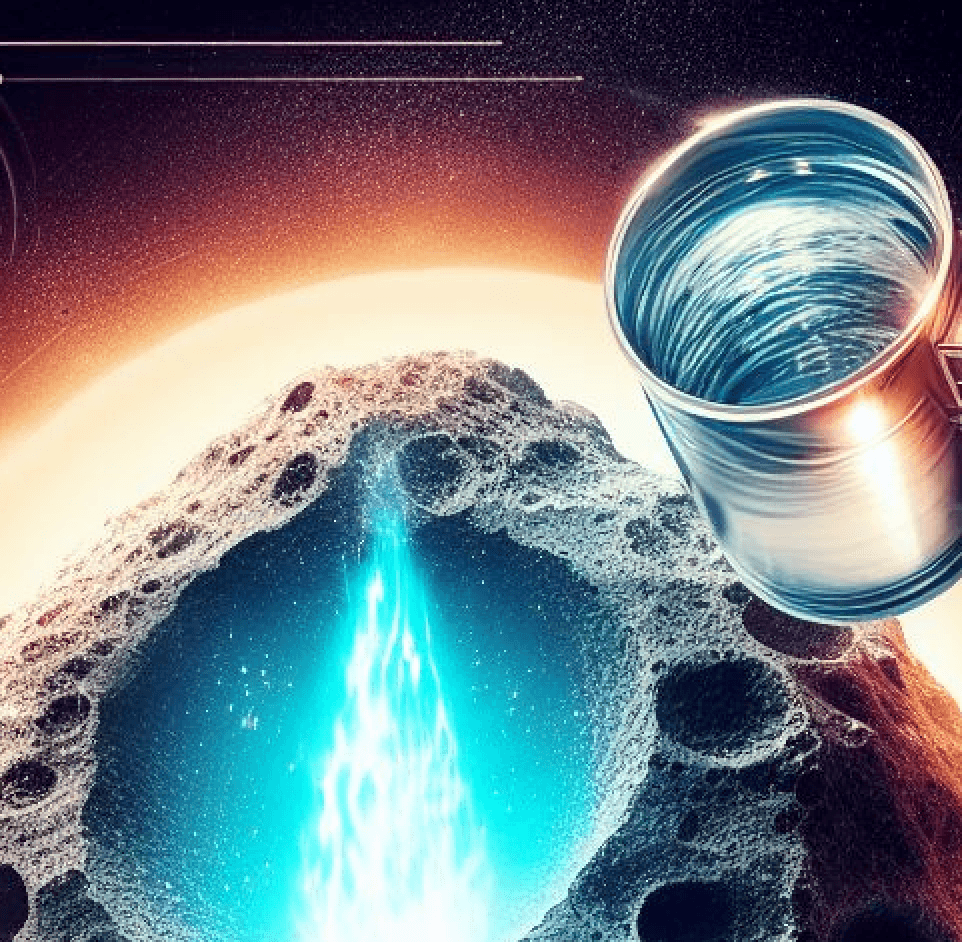An Unparalleled Milestone in Space Exploration
Hold on to your telescopes, space aficionados! The scientists at NASA’s Johnson Space Center have unveiled initial findings from the asteroid Bennu, and it's nothing short of staggering! This asteroid sample, the largest carbon-rich specimen ever brought back to Earth, serves as a monumental milestone in understanding life’s cosmic origins. “The sample is back on Earth, but there is still so much science to come—science like we've never seen before,” promised NASA Administrator Bill Nelson.
The Bounty Beneath the Surface: Carbon and Water
When the OSIRIS-REx mission was conceptualized, little did we know that it would yield such groundbreaking findings. This preliminary analysis shows that Bennu, a 4.5-billion-year-old relic, contains a cocktail of high-carbon content and water. Yes, you read that right! Not just carbon or water, but a tantalizing amalgamation of both! These are nothing less than the foundational building blocks for life, possibly indicating that the very essence of life on Earth could be asteroid-derived.
It's Not Just Rocks, It’s a Time Capsule!
What makes Bennu's sample more enthralling is its untapped potential to unlock ancient secrets. "We are unlocking a time capsule that offers us profound insights into the origins of our solar system," said Dante Lauretta, the OSIRIS-REx principal investigator. This means the humble rocks and dust from Bennu could answer questions that have haunted humanity for millennia: How did our solar system form? Could life have been seeded on Earth from other celestial bodies? Are we alone in this sprawling cosmos?
Extra, Extra, Read All About It: Bonus Material!
As if these insights weren't enough to satiate our cosmic curiosity, scientists hit the jackpot when they found bonus material in the sample collector. The goal was to collect 60 grams of asteroid material, but our cosmic prospector returned with much more, including material on the canister lid and base. It was a delightful problem to have, leading to more nuanced, albeit slowed-down, analysis of the primary sample.
The Science Yet to Come
These revelations are just the tip of the cosmic iceberg. The mission's science team will be busy for the next two years, characterizing the samples to meet various scientific goals. NASA plans to preserve 70% of the sample for future research, involving a global cohort of over 200 scientists. From the creation of our solar system to the potential origins of life, each grain from Bennu promises a journey into the enigmatic realms of cosmic history.
In a world fraught with immediate concerns, Bennu whispers a timeless narrative that transcends our daily lives. Its ancient rocks and dust serve as a cryptic journal of cosmic proportions, each page teeming with celestial tales waiting to be deciphered. So, as we probe further into Bennu’s ancient secrets, we're not just exploring a piece of rock—we're exploring ourselves, our origins, and possibly, our destiny in this grand cosmic tapestry.
More details on NASA website
